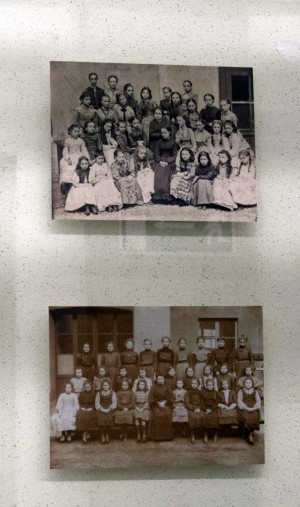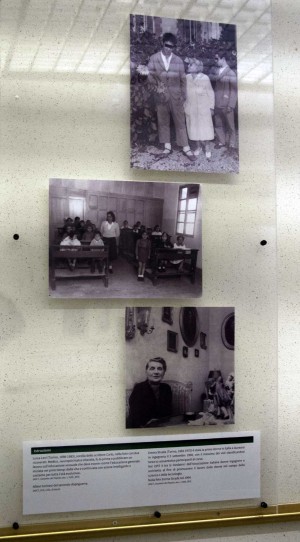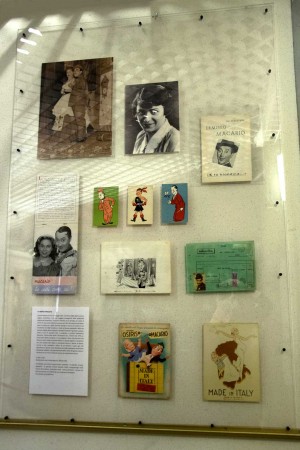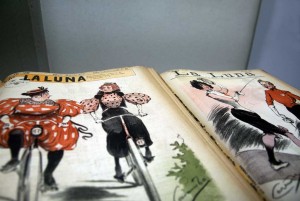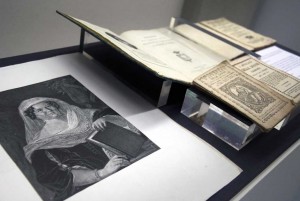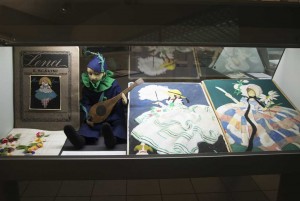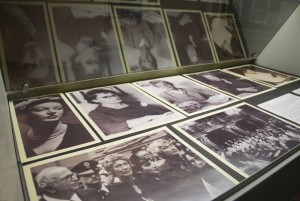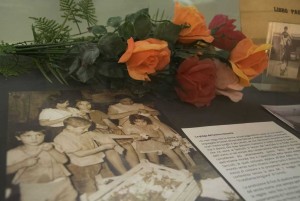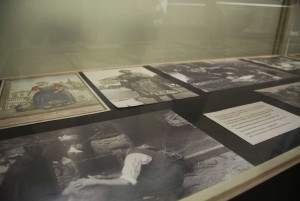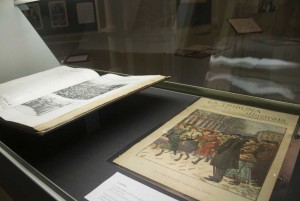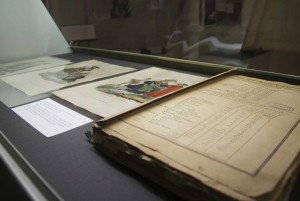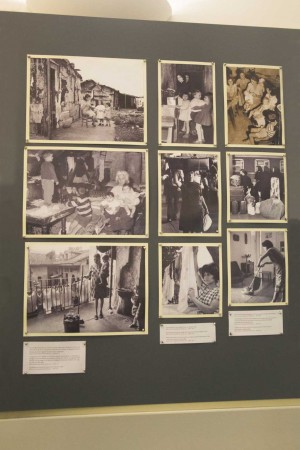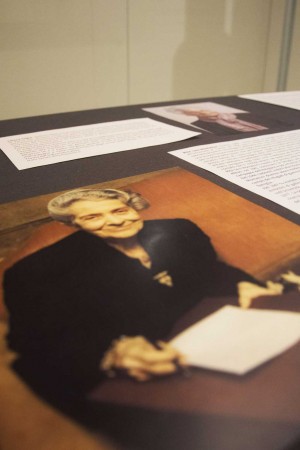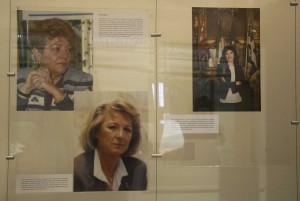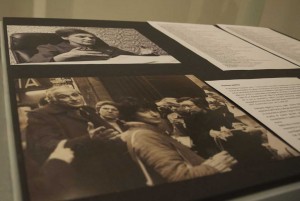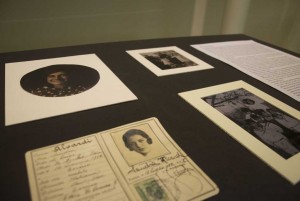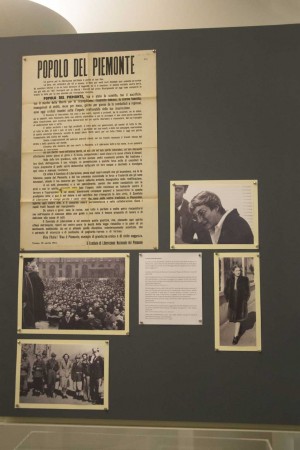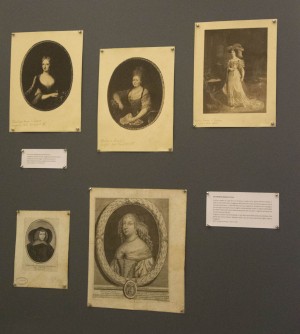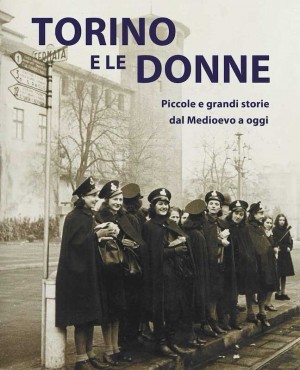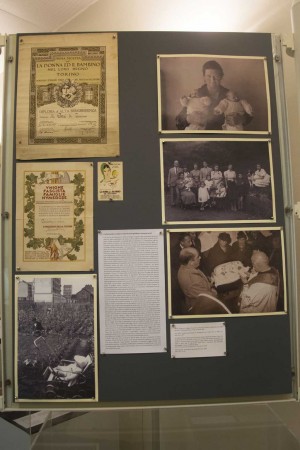Turin and women. Small and big stories from the Middle Ages to today - Education and teaching
"Turin and women". Section: Education and teaching.
Archivio Storico della Città di Torino, on display from October 6, 2021 to March 31, 2022.
Education
In 1861 the Casati law was extended to all of Italy, requiring a reform of the entire school system. The law responded to the struggles for women's emancipation in post-unification Italy, identifying in the different education given to women one of the factors hindering women's economic independence. This law established an elementary school lasting four years divided into two two-year periods, the first compulsory and free for children of both sexes. After elementary school, the path was differentiated into classical secondary education and technical education. Although there was no explicit prohibition referring to women, in fact this was implicit since technical studies were oriented towards professions considered male, while the natural outcome of high school studies was the University, which was forbidden to women until 1875.
Among the first Turinese to attend university environments we find: Maria Farnè Velleda, graduated in Medicine in 1878; Anna Kuliscioff (partner of Filippo Turati and one of the founders of the Italian Socialist Party), specialized in Gynecology in Turin in 1887; Maria Biffignandi, the first Italian to achieve three degrees; Dr. Zagnago, the first graduate in Pharmacy in 1902; Emma Strada, the first woman to enroll in Engineering in 1903: she graduated on September 5, 1908.
Teaching
The educational institution that could be accessed without discrimination of sex was the Scuola Normale, aimed at preparing teachers and teachers. However, the courses were differentiated: the mathematics program for girls was simplified, following the belief that women were not suited to science subjects, and the teaching of women's jobs was envisaged.
Upon graduation, if male teachers were not present, women could also be assigned male courses, although they considered themselves more suitable for teaching in the first two years of elementary school; in any case, whatever the position, the salary was lower than that of men (an element that facilitated their hiring).
For women, teaching represented an excellent employment opportunity. The need for teachers for the Scuola Normale led to the creation of a four-year higher education institute for women.
Note
CLICK ON THE CAPTIONS OF THE PHOTOS BELOW TO CONTINUE
(Mostra a cura di Maura Baima, Luciana Manzo, Fulvio Peirone. Segreteria: Anna Braghieri. Progetto espositivo: Ottavio Sessa. Allestimento: Gisella Gervasio, Manuela Rondoni. Riproduzioni fotografiche: Giuseppe Toma, Enrico Vaio. Foto web: Deborah Sciamarella. Collaborazioni: Andrea D'Annibale, Massimo Francone, Omar Josè Nunez, Anna Maria Stratta. Per MuseoTorino: Caterina Calabrese, Surya Dubois Pallastrelli, Diletta Michelotto. Traduzioni: Surya Dubois Pallastrelli, Laura Zanasi).

